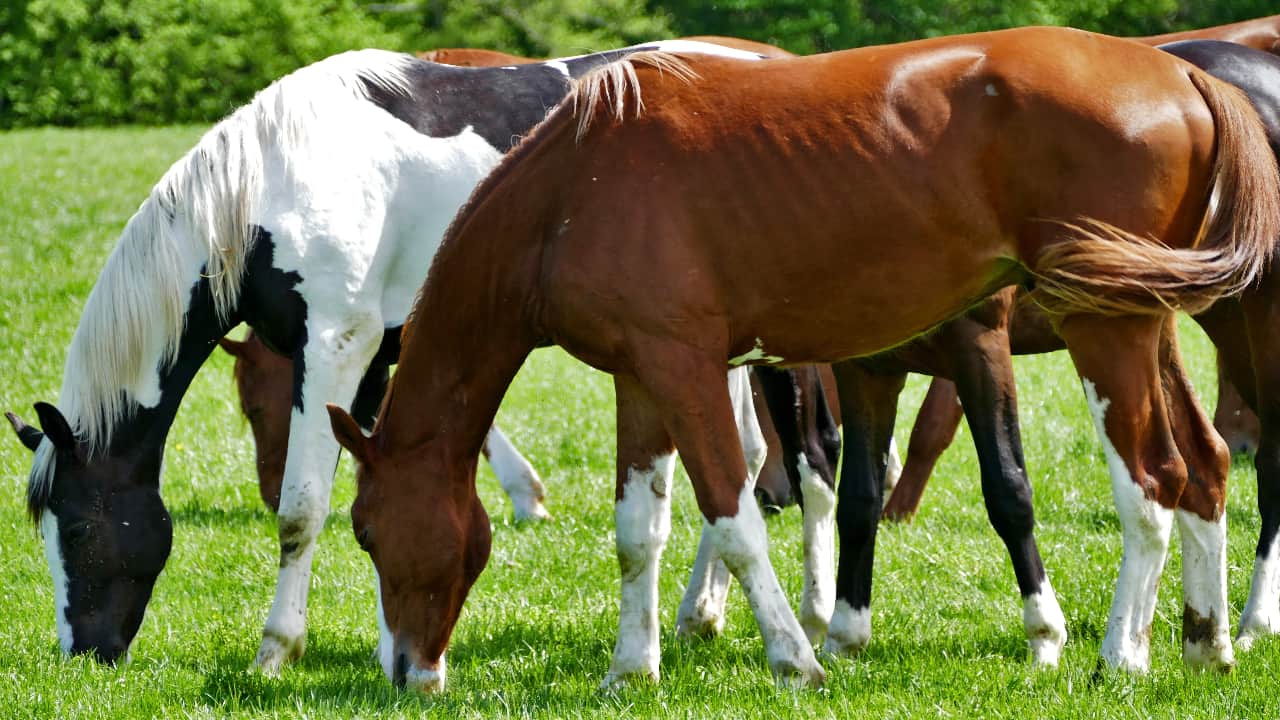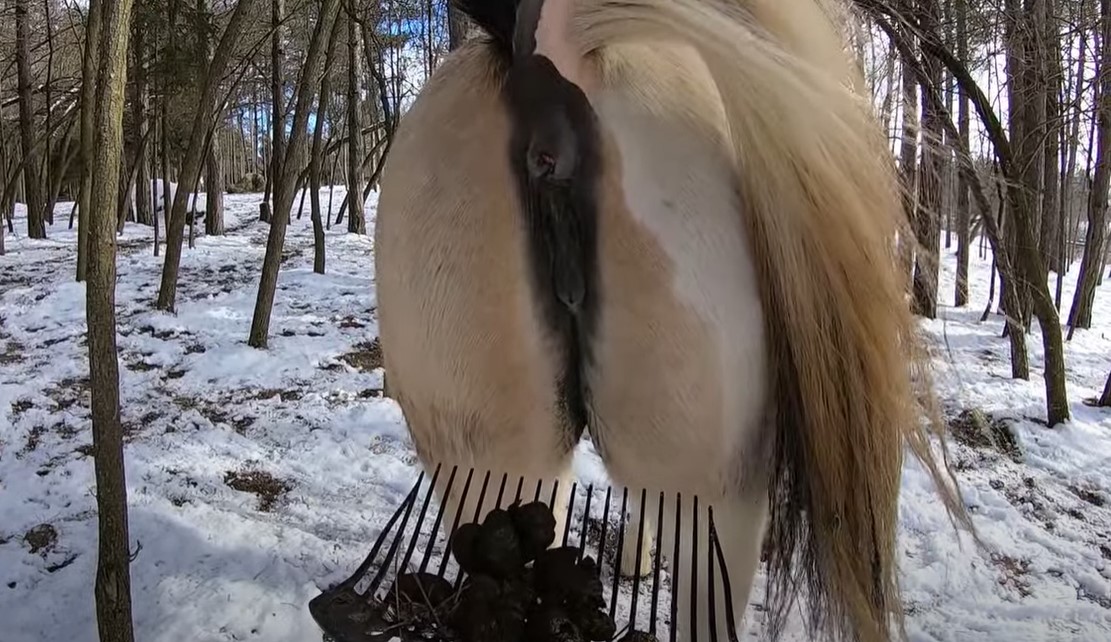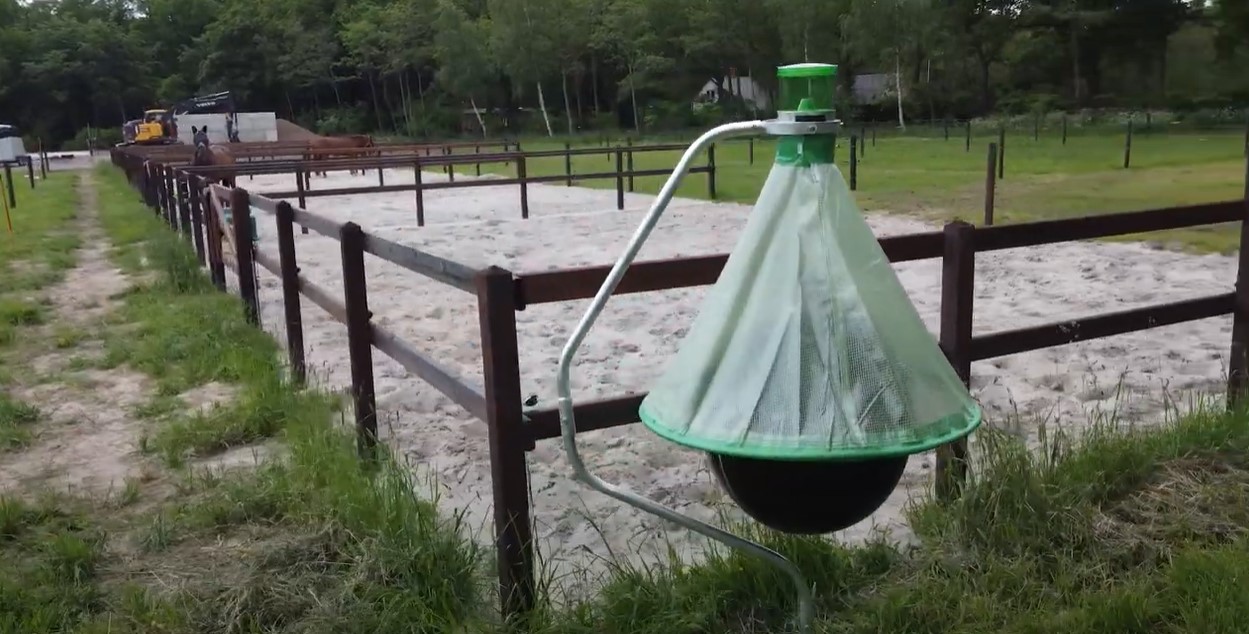While the summer season might offer a welcome change from the chilly weather, it’s also a serious threat to our horses. With increasing temperatures, heat stress in horses becomes a major problem that owners need to watch out for.
Several factors contribute to the possibility of a horse developing heat stress. And although you can resolve many of the risks right at home, allowing your horse to overheat without resolution can lead to serious complications for your beloved steed.
What is Heat Stress in Horses?
Being warm blooded animals, horses generate their own heat without having to rely on external sources to keep warm. While a number of physiological processes lead to heat production, digestion and exercise or movement are the biggest contributors to the heat generated by a horse.
When engaged in heat-generating activities, horses produce sweat to cool their bodies down. The problem however is that sometimes, external conditions can limit a horse’s ability to cool itself down.
In hot conditions, sweating becomes insufficient to keep a horse’s body temperature within the normal range. So as a result, the horse suffers heat stress, which may in turn result to heat stroke.
Signs of Heat Stress in Horses

No one wants to find their horse collapsed on the ground after a bout with heat stress. So before your trusty animal reaches that pivotal point, you might want to check in and see if they’re showing any signs of heat stress in horses.
These may include:
- Profuse sweating
- In severe cases, a horse might not sweat at all
- Rapid breathing
- Skin hot to touch
- Rapid heart rate that doesn’t normalize after rest
- Muscle weakness and loss of balance or movement control
- Positive skin tent test
- Sunken eyes
- Horse appears to be in distress or discomfort
- Higher than normal breathing rate
- Tacky mucous membranes (such as the upper lip and gums)
- Decreased urination frequency and quantity
- Increased body temperature (160°F or higher)
Keep in mind that this isn’t an all inclusive list, and a horse might demonstrate some signs and symptoms not included here. But if you notice more than two or three of these symptoms in your horse, then it would be wise to act on their situation.
What are the Causes of Heat Stress in Horses?
Heat stress in horses doesn’t just happen. When certain various elements and factors come into play, the horse becomes more prone to an increased body temperature. Some of the factors that could contribute to heat stress in horses include:
- High ambient temperature/hot weather
- High humidity
- Intense exercise or work
- Poor ventilation
- Prolonged exposure to direct sunlight
- Long hours of transportation
- Obesity or poor health status
Keeping horses under the sun for too long while they perform physically demanding tasks stands as the most common cause of heat stress.
As your horses’ body tries to dissipate heat by sweating, high temperatures in their immediate environment stifles their physiological cool down process. This in turn makes it difficult for the animal to cool their system, leading to heat stress and exhaustion.
Without treatment horses experiencing increased temperatures may succumb to heat stroke – a potentially life threatening condition. It’s important to act accordingly so as to improve the lifespan of the horse.
Diagnosing Heat Stress in Horses
Although the signs above might seem to make things loud and clear, it’s tough to actually identify heat stress in horses. Generally, all animals are hardwired to conceal distress, illness, and weakness.
This is when their natural instinct of self-preservation kicks in to protect them against predators. So a horse experiencing heat stress might involuntarily do certain things to hide what they’re experiencing. For horse owners, this makes the task of identify heat stress a serious challenge.
Fortunately, there are a number of tests you can do and signs you can check for to identify the severity of the problem:
Skin Tent Test
When a horse experiences heat stress, it loses a significant amount of hydration through sweat. This leads to changes in skin elasticity. In a healthy, normal horse, you can pinch the skin surface and it will go right back to its original condition.
In the case of dehydration though, equine skin will lose much of its elasticity. So when you pinch it upwards, the skin tents up before slowly recovering.
To perform the test, simply pinch your horse’s skin just above the point of the shoulder. If it returns to normal without delay, your horse is properly hydrated and likely not experiencing heat stress.
However if your steed’s skin tents for 2 to 4 seconds, they’re likely mildly dehydrated. If the skin stays tented for longer than that, it’s possible that your horse has progressed to severe dehydration which may mark their entry into a potential health danger zone.
Capillary Refill Time
As blood vessels travel farther from the heart, they become smaller and narrower. These tiny blood vessels – called capillaries – deliver blood, oxygen, and nutrients to the most distal parts of the body.
When a horse is dehydrated, the body struggles to bring intravenous fluids to these capillaries because of their distance from the heart. You can assess whether the capillaries are receiving sufficient blood is by performing a quick capillary refill test.
To do this, simply press any point of the upper gum with the pad of your finger. This should push the blood out of the capillaries. Now, you’re going to measure how long it takes for them to refill. If the area stays pale for 2 seconds or less, then the horse is properly hydrated. But if it takes 3 seconds or more, they could be lacking hydration.
Temperature Check
Of course, the best way to tell if your horse is too hot would be to check its temperature. Generally, a horse’s normal core body temperature maxes out at 102°F. Anything more than that could lead to an overheated horse at risk of heat stroke.
According to equine experts, rectal temperatures for a normal adult horse should fall within 99.5°F to 101.5°F. Any rectal temperature readings beyond that could indicate a hot horse.
How to Treat Heat Stress in Horses

When left to continue without resolve, heat stress can turn into heat stroke. Although unlikely, this may become fatal especially in the case of young, old, unfit, obese, and sick horses.
So if you perform the skin tent tests, capillary refill tests, and take rectal temperatures that indicate heat stress, it’s important that you act quick to treat the problem at home. Fortunately, many of the ways to address heat stress should be accessible to any horse owner.
Stop all exercise and move into a shaded, well-ventilated area
So your horse is panting and sweating like nobody’s business, and a quick test on their skin or gums shows that they’re positive for dehydration. In this case, you’ll have to quickly move your horse to a cooler area and stop all forms of work and exercise. Then it’s time to help it lose heat.
Provide free access to cool water
As your horse moves into a cooler area, you should seek to provide cool water. Offer your horse a bucket of cool (not cold) water and try to encourage them to drink small amounts in 15 minute intervals. Drinking water can help restore hydration levels and support the dissipation of heat.
But as the old adage goes – you can take a horse to the water, but you can’t make him drink. If your horse refuses to drink (which is more than likely) make sure to contact your vet and request intravenous hydration.
Encourage heat loss
Trapped heat inside your horse’s body is what fuels the process of heat stress. Encouraging heat loss can help speed up the dissipation of pent up heat produced by your horse, thus preventing a full on heat stroke.
Take a sponge and dip it in cold water. Press it against the horse’s neck and the areas of its groin with thin skin. Target parts of the body with veins and arteries closest to the surface of the skin. Rubbing alcohol also helps to speed up the cooling process.
Experts also claim that despite some resources stating that cold water could ‘shock’ a hot horse, an ice bath can actually be a safe way to keep your horse cool. Just make sure to target the ribs, head, and neck to maximize the benefits of a horse ice bath.
Call a vet
Whether you think it’s mild, moderate, or severe heat stress, you should make it a point to call the vet. Remember that every horse will manifest overheating in different ways, and every single one of them is hardwired to conceal their weakness.
So at the first signs of heat stress, make sure to perform the steps above and call your vet to the scene. They should be able to provide more accurate explanations for the problem, and thus deliver more appropriate treatment.
How to Prevent Heat Stress in Horses
Not to sound cliche, but prevention is always better than a cure. If you want to curb the risk of heat stress in your horse all together, then you might want to consider these tried and true methods for prevention.
Consider weather conditions
More often than not, external weather conditions play the biggest role in heat stress. Even the healthiest performance horses and sport horses can succumb to overheating when they’re exposed to conditions that impair heat dissipation.
Before you take your horse out to work, consider the heat index. Hot and humid weather works quickly to sap precious fluids from your horse in the form of sweat. To calculate ambient temperature, add the temperature in Fahrenheit to the percentage of relative humidity.
- If the number you get falls below 120, you can take your horse out to exercise and work without issues.
- A total between 130 and 150 indicates an increased risk of heat stress. But providing enough rest in between work and sufficient water and shade should curb the chances.
- If you calculate a number beyond 180 however, that should be your signal to keep your horse indoors for the day or until the heat index dials down.
Provide enough water
Dehydration and overheating go hand in hand. Providing free access water for your horse can help maintain proper body heat and reduce the risks of dehydration. You probably shouldn’t provide your horse ice cold water. This helps protect it from colic.
Be sure to read our articles about choosing the best automatic horse waterers and how to prevent horse water from freezing.
Inspect their space
Are your barns properly ventilated? Does air temperature stay cool? You can keep your horse indoors during high temperature days with particularly humid weather conditions, but if their space isn’t conducive for proper body temperature, it’s all a lost cause.
High humidity seeps into a barn especially in places with humid climates. Poor conditioning and impaired evaporative cooling inside the barn can trap heat and humidity, causing the horse to develop high heat even when they’re kept inside. Installing fixtures that aid evaporative cooling can help significantly reduce heat and relative humidity.
If your transporting your horse, hot trailers also restrict air movement and almost guarantees heat exhaustion for your animal. To avoid heat stress during transport, avoid traveling in hot weather, stop regularly to provide fresh water, and keep an eye on the animal’s vital signs before, during, and after transport.
FAQ’s for Heat Exhaustion in Horses
What temperature is too hot for horses?
A horse should be able to work just fine in a heat index of up to 150 as long as they’re given sufficient water to cool down. Generally speaking, a measure of 180 marks the line of a horse’s heat capacity.
How do you identify an overheated horse?
Aside from the different tests detailed in this guide, you can tell if your horse is overheated by checking for profuse sweating, difficulty maintaining balance, lethargy, and weakness. Some horses are more prone to heat stroke, such as young, old, unfit, sick, or overweight horses (see the average horse weights).
How do you treat hot horse?
Provide your horse water in small amounts every 15 minutes. You can also encourage its body temperature to cool down by applying a cold compress to areas of the body where skin is the thinnest. And of course, simply keeping your horse out of direct sunlight and beneath a cool shade with proper ventilation should reduce its temp.
Keep It Cool
You might think of your horse as a powerful creature with exceeding strength. But that doesn’t mean you can overwork your trusty animal without repercussions as heat stress in horses can be dangerous. Horses can get crazy hot, especially in humid conditions and hot weather. So to reduce the risk of heat exhaustion, it’s important that you keep your eyes peeled.




